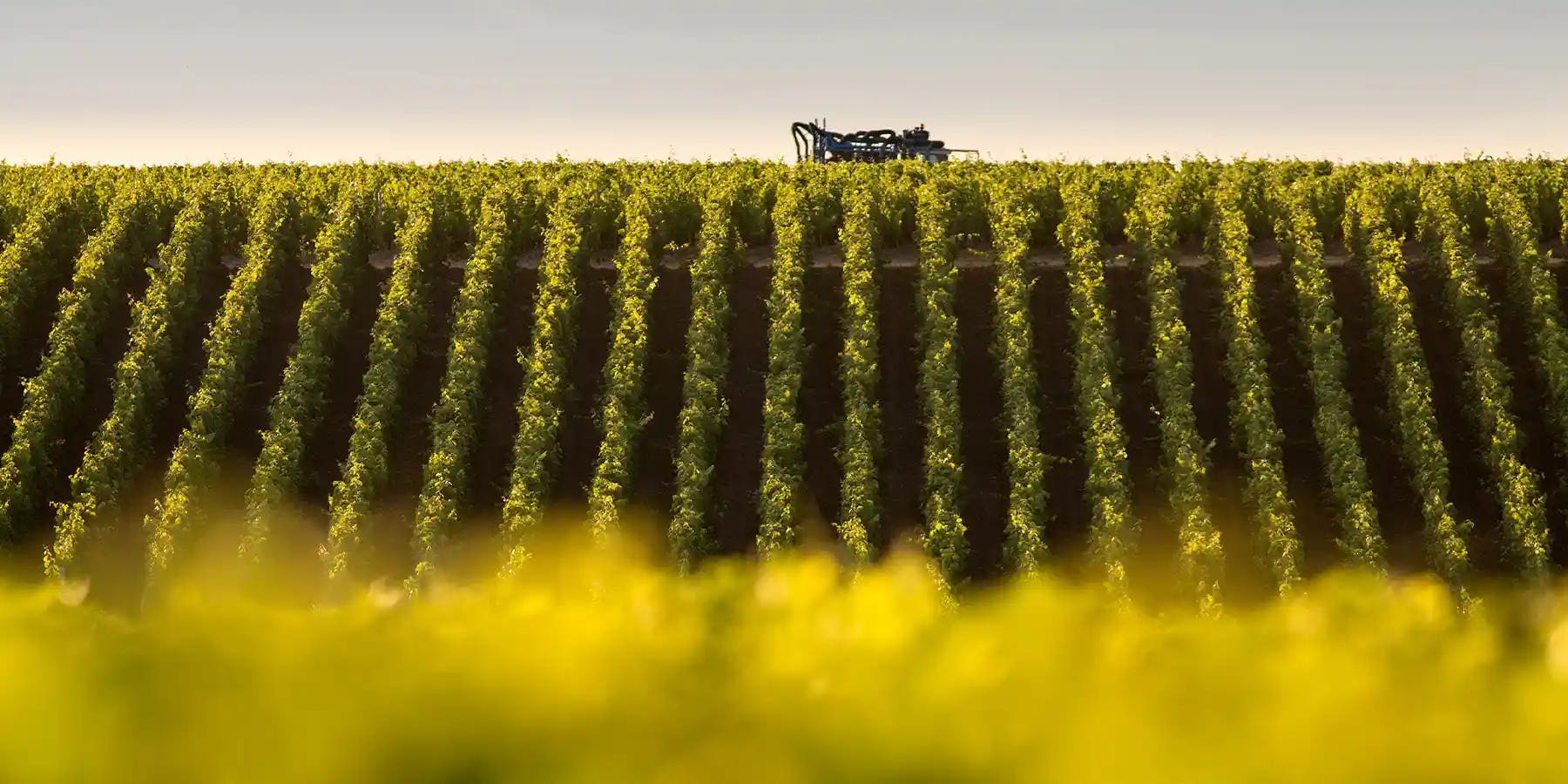- Wine world
The Saint-Julien appellation, gold and light
- Thu, Feb 23, 2023 at 11:00

A noble terroir
The surface area of the Saint-Julien vineyard is quite small, representing only 920 hectares, whereas its neighbour Margaux has 1,490 hectares. The average surface area of the estates is, however, larger than elsewhere and the large estates predominate. Indeed, the estates developed in the 17th century, when several members of the Bordeaux bourgeoisie acquired large plots of land. Particularly complex with different layers of gravel, marl and pebbles, the soil of Saint-Julien is often referred to as "a geological lace". Thanks to the work of men associated with this very special soil, Saint-Julien has earned its letters of nobility over the years. 80% of its vineyards were classified in 1855. 5 million bottles are produced each year.
Saint-Julien, the very good student
Today, Saint-Julien appears to be an appellation of excellence. Many experts believe that one can never be disappointed by a Saint-Julien. It has an almost perfect harmony, like a subtle balance between the softness of a Margaux and the power of a Pauillac. Its recognisable bouquet regularly places it at the top of the rankings thanks to its rich aromatic palette (black fruits and spices in particular). The tenderness of its palate is remarkable and the finish is grandiose. Cabernet-Sauvignon is the majority grape variety, building the backbone of the wine, while Merlot brings roundness and riper notes. Petit Verdot and Cabernet Franc sometimes add floral tones.
The cream of the crop
Numerous vintages are gathered under the banner of Saint-Julien, 11 of which are classified: Château Branaire-Ducru, Château Léoville Poyferré, Château Gruand-Larose Château Ducru-Beaucaillou, Château Léoville Barton, Château Léoville Las Cases, Château Beychevelle, Château Lagrange, Château Talbot, Château Langoa Barton and Château Saint-Pierre.
